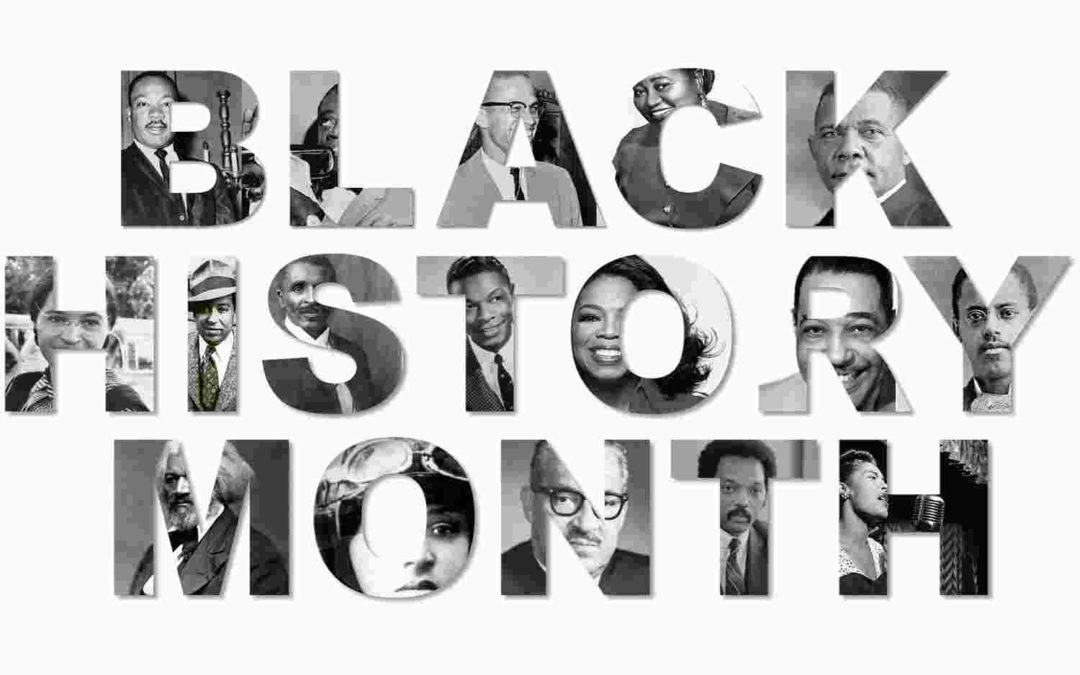Black History Month
Black History Month is an annual celebration of achievements by African Americans and a time for recognizing their central role in U.S. history. Also known as African American History Month, the event grew out of “Negro History Week,” the brainchild of noted historian Carter G. Woodson and other prominent African Americans. Since 1976, every U.S. president has officially designated the month of February as Black History Month.
Our history textbooks do not always tell the whole truth or the full story, especially when it comes to Black voices and issues. For Black History Month, we’re shining a light on the myths and realities of Black history.
Myth #1
History class taught us everything we needed to know about slavery.
Fact:
Due to efforts by a group of Southern socialites known as the United Daughters of the Confederacy, Lost Cause ideology influenced history textbooks as well as books for children and adults. The accomplishments of Black Americans involved in the abolition movement, such as Frances Ellen Watkins Harper, Maria W. Stewart, Henry Highland Garnet, and William Still, were downplayed. Click the links below to learn more about these important and influential Black Americans.
Read more about Frances Ellen Watkins Harper
Read more about Maria W. Stewart
Read more about Henry Highland Garnet
Myth #2
Segregation of schools ended in 1954.
Fact:
The United States Supreme Court ruled that segregated schools were illegal in 1954 with the case Brown v. Board of Education. After this ruling was made, it became up to state and local governments to desegregate their schools. In the southern states, this was met with resistance. It wasn’t until September 1957 that nine teenagers in Little Rock, Arkansas became the first to enter Little Rock’s Central High School. On September 2, 1957 the night prior to what was to be the teens’ first day in Central High classrooms, Arkansas governor Orval Faubus ordered the state’s National Guard to block their entrance. Faubus said it was for the safety of the nine students. Their story was heard nationwide, and the students were able to attend classes after President Eisenhower federalized the National Guard. It took 23 days for the “Little Rock Nine” to attend their classes.
Due to redlining and district boundaries, a modern form of racial segregation still occurs today. Read more about this issue by reading this New York Times article.
Myth #3
Rosa Parks was an everyday woman who worked hard at her job and was tired at the end of the day. She sat down on the bus and stayed sitting because she was too tired to get up.
Fact:
Rosa Parks wasn’t just a tired lady. She was an anti-segregation activist. She’d attended civil-rights training and was respected in the activist community. Rosa Parks was also not the first to protest by not standing up to give her seat to a white person. On March 2, 1955, nine months before Rosa Park’s action, 15-year-old Claudette Colvin was arrested for refusing to give her seat up on a crowded, segregated bus in the same city and bus system.
Read more about Claudette Colvin.
For additional learning, watch David Ikard’s TED Talk “The Real Story of Rosa Parks and why we need to confront myths about Black History.”
*warning this TED talk contains graphic imagery that may not be suitable for all ages. Viewing with a parent is strongly advised.
Lessons and Takeaways:
Myth 1:
Historical thinking is a set of critical literacy skills for evaluating and analyzing primary source documents to construct a meaningful account of the past.
Five aspects to consider historical thinking:
- Multiple Accounts & Perspectives
- Analysis of Primary Sources
- Sourcing
- Context
- Claim-evidence Connection
Myth 2:
Learn about Brown v. Board of Education and its importance.
Social and Emotional Learning: discuss what it must have been like to be not only new in school, but to face bullying and threats throughout their time in school like the Little Rock Nine.
Myth 3:
Who writes history? Understanding that there is often bias in our history books is critical. Applying our historical thinking skills allows us to search for the whole story.
Additional Readings/Sources:
https://www.vox.com/identities/2019/8/22/20812883/1619-slavery-project-anniversary
https://www.smithsonianmag.com/history/how-i-learned-about-cult-lost-cause-180968426/
https://www.teachinghistory.org/historical-thinking-intro
https://www.aclu.org/issues/racial-justice/five-truths-about-black-history
http://www.pbs.org/black-culture/explore/10-black-history-little-known-facts/
https://www.vox.com/identities/2019/8/22/20812883/1619-slavery-project-anniversary



